The Handbook of Portfolio Mathematics: Formulas for Optimal Allocation and Leverage
$21.82
| Author(s) | |
|---|---|
| Pages |
442 |
| Format |
|
| Publication Year |
2007 |
In The Handbook of Portfolio Mathematics, Ralph Vince takes readers step by step through an understanding of the mathematical foundations of trading, significantly extending his earlier work and breaking important new ground. His lucid writing style and liberal use of practical examples make this book must reading.
Author’s Introduction:
This is a book in two distinct parts. Originally, my task was to distill the previous three books on this subject into one book. In effect, Part I comprises that text. It’s been reorganized, rehashed, and reworked to resemble the original texts while creating a contiguous path of reasoning, which takes us from the basic gambling theory and statistics, through the introduction of the Kelly criterion, optimal f , and finally onto the Leverage Space Portfolio Model for multiple-simultaneous positions.
The Leverage Space Portfolio Model addresses allocations and leverage. Often these are two distinct facets, but herein they refer to the same thing. Allocation is the relative leverage between multiple portfolio components. Thus, when we speak of leverage, we are also speaking of allocation, and vice versa.
Likewise, money management and portfolio construction, as practiced, don’t necessarily refer to the same exercise, yet in this text, they do. Collectively, whatever the endeavor of risk, be it a bond portfolio, a commodities fund, or a team of blackjack players invading a casino, the collective exercise will be herein referred to as allocation. I have tried to keep the geometric perspective on these concepts, and keep those notions about them intact. The first section is necessarily heavy on math. The first section is purely conceptual. It is about allocation and leverage to maximize returns without respect to anything else.
Contents:
- The Random Process and Gambling Theory
- Probability Distributions
- Reinvestment of Returns and Geometric Growth Concepts
- Optimal f
- Characteristics of Optimal f
- Laws of Growth, Utility, and Finite Streams
- Classical Portfolio Construction
- The Geometry of Mean Variance Portfolios
- The Leverage Space Model
- The Geometry of Leverage Space Portfolios
- What the Professionals Have Done
- The Leverage Space Portfolio Model in the Real World
The Handbook of Portfolio Mathematics: Formulas for Optimal Allocation & Leverage By Ralph Vince pdf
8 reviews for The Handbook of Portfolio Mathematics: Formulas for Optimal Allocation and Leverage
Clear filtersOnly logged in customers who have purchased this product may leave a review.

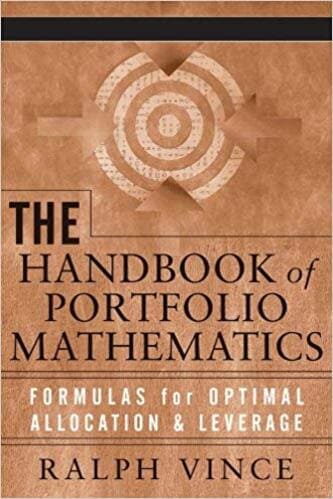
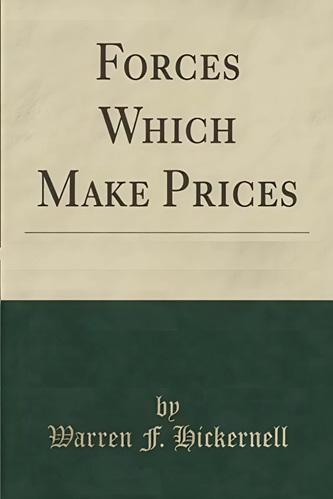

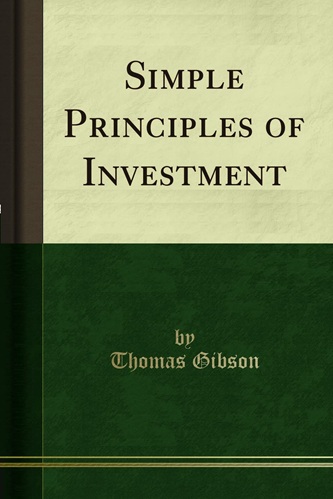
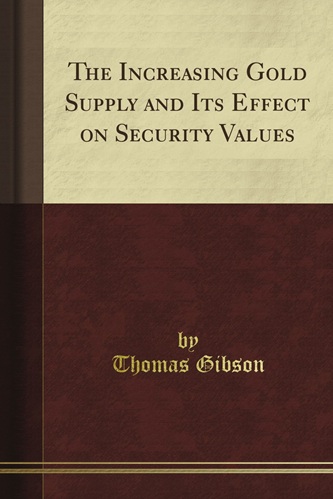
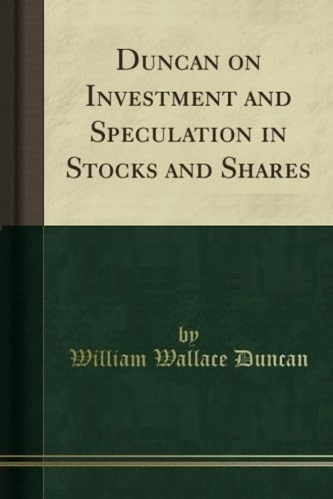
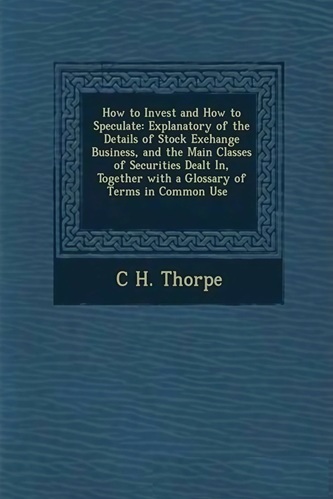
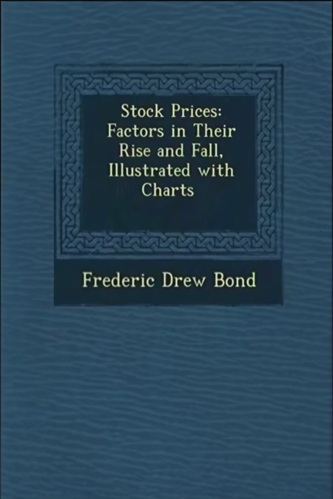

David Turner (verified owner) –
This is quite simply the most important investment book that you haven’t read yet. Mr. Vince explains in a clear and forthright manner why position sizing is so important, demonstrates the importance of getting it right and shows you how to determine the correct position size for your approach.
While Mr. Vince’s past books were good, “The Handbook of Portfolio Mathematics” is a quantum leap forward. It brings together all his prior research and couples it with the benefit of many years worth of real-time application of his principals. The exposition is rigorous for those who want to delve into the math, while the prose allows the less mathematically inclined reader full access to his ideas.
Mr. Vince stands on the shoulders of giants here. Claude Shannon and John L. Kelly laid out the basic framework as part of their research into communication theory and all too slowly it has been taken up by the investment community. The seminal paper in this area is Kelly’s 1956 “A New Interpretation of Information Rate”.
Don’t believe Mr. Vaibhav for even a second when he says that the material is this book is “not useful for real life applications”. Nothing could be farther from the truth. The material in this book is not only applicable, it is essential in real-world applications. How else are you going to know how much to invest in any given transaction? Invest too much and run the risk of ruin, invest too little and you defeat your ‘edge’. (The Ryan formula he references leads directly to underperformance.)
Again, ignore Mr. Vaibhav when he suggests that there is too much volatility in this approach, which suggests that either he hasn’t read this work or hasn’t comprehended it. The volatility is a function of your edge and can be tamed to suit your preference in any number of ways. For example, in a pure optimal f application the trade-off between growth rate and volatility is absolutely clear cut and position size can be tailored to one’s risk and reward preferences. You may not like the volatility that goes with straight optimal f, but if your want to grow your portfolio at its full potential rate, you’ll accept it.
Jasiah Glenn (verified owner) –
My short advice is if you have any interest in this stuff, read this book, but be very careful what you take away from it. Some of the other reviews worry me with the extravagant unalloyed praise. This is a great book in many respects, but it is an uncommonly dangerous one to absorb uncritically.
The author begins by begging the reader, “[T]o look at everything in this text–as merely my articulation of something, and not an autocratic dictation. Not only am I not infallible, but also my real aim here is to engage you. . .” Taken in that spirit, this is a five-star book, filled with useful advice for any risk-taker, not just financial traders, that will sweep away a lot of dangerous nonsense you may have acquired in other places.
On the other hand, taken as a handbook of portfolio mathematics, it’s unrateable. It falls in between what are traditionally called portfolio management and risk management. Portfolio management tries to select positions to build the best (in some sense) probability distribution of return over a fixed horizon. Risk management tries to help the portfolio manager survive long enough to realize her probability distribution; and her other goals as well. These are normally considered orthogonal problems. The portfolio manager needs to know a time horizon, but not the bet size. The risk manager doesn’t care about time horizon, only bet size. A simplified toy solution for portfolio managers is maximizing Sharpe ratio, expected return over standard deviation (which is invariant over bet size, but changes over time horizon). A simplified toy solution for risk managers is the Kelly criterion, expected return over variance (which is invariant over time horizon, but changes with bet size).
What this book does is derive a simultaneous solution of both problems, “optimal f.” It’s a tour de force that will teach you a lot about both portfolio management and risk management, and stimulate a lot of other useful thoughts. But it can’t compete with more sophisticated solutions that split the problem up.
While the author correctly throws out covariance-based management, the “scenarios” he uses instead are too crude for most trading strategies. They can work for the trend-following CTAs he discusses, but not for strategies that depend essentially on high-dimensional optimization. This is the bread-and-butter of traditional portfolio management and there are good ways to do it. The author describes only some bad ways.
On the risk management side, the book considers only drawdown in detail, with some vague language about other preferences. But a key early discovery of risk management is that limiting drawdown and other bad events is the smaller part of the problem. It’s more important to increase risk enough in good times to generate a cushion to survive the bad. A hedge fund that delivers three years of good Sharpe ratios might survive a 24% drawdown, while another fund with weaker good time performance might be knocked off with a 6% drawdown. Moreover there are many ways for a trader or fund to fail other than to have a big drawdown.
Optimal f might make risk-management sense for a single trader, trading his own money with no interest in raising capital, who is irrevocably committed to staying in the game until it pays off, who would only give up if he ran out of money. But most people have other options, and will benefit greatly from failing fast if they have to fail. A serious risk management analysis, taking into account individual business and life goals, might counsel different bet sizes than optimal f. And some systematic metrics for evaluating portfolios are very useful, if only as a sanity check on subjective scenario results. And finally, rigorous backtesting and performance attribution are essential to efficient portfolio and risk management.
In the end, this comes down to the author’s assumption that wealth is both the objective and the constraint. In fact, it is neither one and, more important, the objective and the constraint are different things that have to be managed separately. You can mash them together by asserting everyone has “log utility,” but that’s neither correct about individual preferences nor a good way to think about managing a business. Another problem is the solution depends on there being a consistent probability distribution not only over all positions, but also over all possible future opportunities. The simplicity of scenarios disguises this requirement. Personally, I don’t believe in consistent probability distributions over either one and, if I’m wrong about that, I’m quite confident the two are inconsistent.
This book will make you smarter if you read it critically, there’s a lot of great stuff in here. But if you treat it as revealed truth, you could be in big trouble.
Jon Barnett (verified owner) –
The greatest book in the history of trading!
Blaire Walters (verified owner) –
Found this book from the company library. Gave a try to read, but total waste of my time. There is really no useful information in this book.
Brooklyn McCormick (verified owner) –
This is a must read for any trader, gambler, or investor…especially if you are a systems trader. As he states in the book, these are the “phsyics” of the trading world. It doesn’t matter if you understand the concepts or not, they are at work behind the scenes whether you like it or not. The many formulas may seem daunting but on the first pass through the book you can just skip all the derivations and just read his comments. The summaries are incredibly insightful. This book answers a lot of questions and fallacies with the actual math to prove why things are the way they are.
No doubt you will need to read it a couple times, practice with the equations, and do some homework on your own to make the concepts apply to you. But thats the part I love about this book…there’s no fluff. Get your hands dirty and dive into it. At a minimum you MUST be aware of these concepts surrounding optimal f, whether you use them or not.
Colson Blankenship (verified owner) –
For the first half:
It presents a good idea (optimal f) and presents some intuitive results related to it. The author did a good job thinking through the concept in the context of how it influence your portfolio draw down and long term profit.
But it is definitely not mathematically or statistically valid. Trying not to over complicate a conclusion with formulas is a virtual; however, this book is doing the opposite and much worse: it gives a lot of equations that are neither math accurate nor correct. It is an insult to any serious reader.
Melody Lynch (verified owner) –
Ralph Vince has produced a number of quality books on portfolio mathematics and analysis. This one is his best yet. Thanks Ralph.
Zane Soto (verified owner) –
This book is Vince’s best book, and incorporates all the new knowledge he has accumulated since the publication of his earlier work. The more we are able to refine our money management and risk control the more profitable we will ultimately be. And, this book clearly shows you how to refine your skills in this area – and how to be confident enought to risk the right amount to maximize your return.
Your confidence after reading this book will be gained from learning how to calcualte “relevant” risk amounts for each trade based on your current win ratio and payoff ratio by using the optimal f formulas. Vince is a skilled mathematician, and even if you are not, you can use his approach to obtain “relevent” data. Meaning — don’t just guess at what amount to risk, instead determine what your performance statistics are and base your decisions on that — not on what another trader or educator suggests.
In addition to this book by Vince, two other must have books on this subject are Balsara’s “Money Management Strategies For Futures Traders” and McDowell’s “A Trader’s Money Management System”.